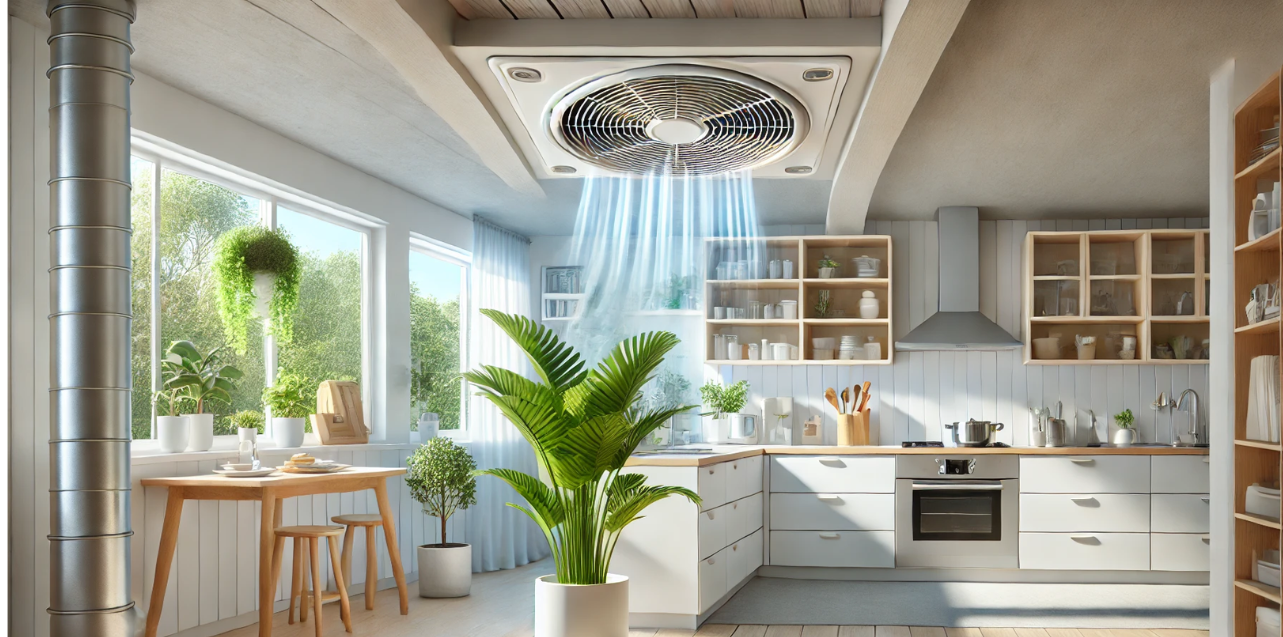Search


Generally, most dehumidifiers work efficiently in the temperature range between 65°F and 85°F. You should stop using your dehumidifier when the temperature falls below 65°F.
Read More
If you’re a pet owner, you know the significance of building a secure and pleasant atmosphere for your furry friend. Having pets in the home introduces loads of joy to...
Read More
These fans are particularly tailored to move damp air out of the room, restoring it with clean air. This aids in preventing humidity from settling on windows and walls, lowering...
Read More
Regarding crawl space encapsulation, first and foremost you require a vapor barrier for crawlspace. For excellent humidity control and longevity, select a premium, thick vapor barrier (ideally 10-20 mil). Secondly,...
Read More
Set the dehumidifier centrally in your crawl space to permit maximum airflow. Ensure there’s enough clearance (around 12-18 inches) around the unit to guarantee unrestricted air circulation.
Read More
DIY crawl space encapsulation still demands buying all required materials like tapes, vapor barriers, adhesives, and a crawl space dehumidifier. On average the crawlspace encapsulation cost is anywhere being around...
Read More
Ventilation is the key to a healthy and comfortable indoor atmosphere. If you’ve ever experienced a humid bathroom, a smoky kitchen a musty attic, you know the power of proper...
Read More
The systems work by pulling in clean air from the outline while throwing out old air from the house. This assists in extracting pollutants and sustaining healthy indoor air quality.
Read More
Ventilation fans work by creating air movement. In the case of exhaust fans, they pull air from inside a room and expel it outside. This creates negative pressure, which then draws...
Read More
Discover when and why to use a ventilation fan in your house. Learn how it improves air quality, reduces moisture, and enhances comfort for a healthier home.
Read More